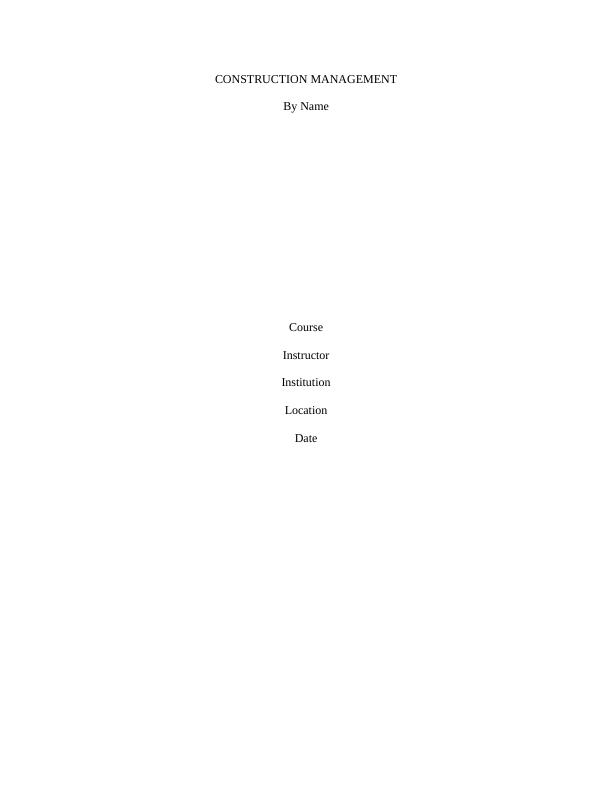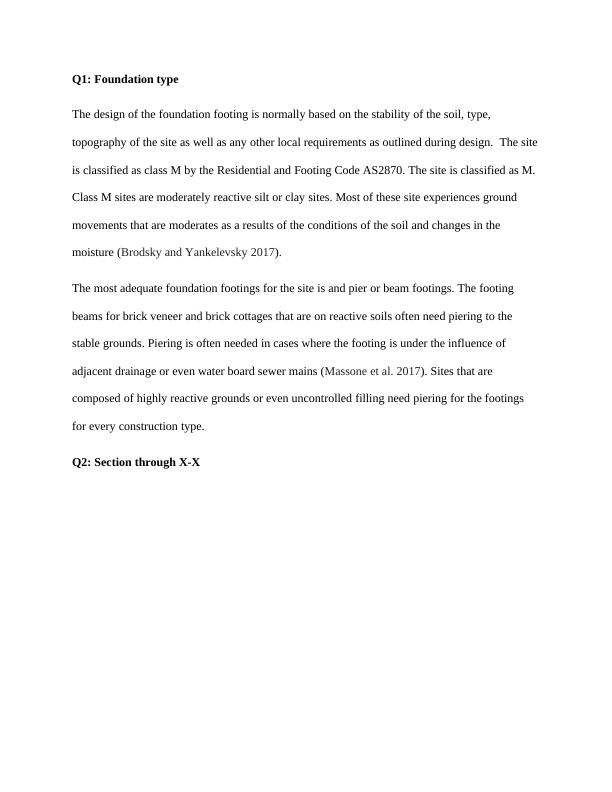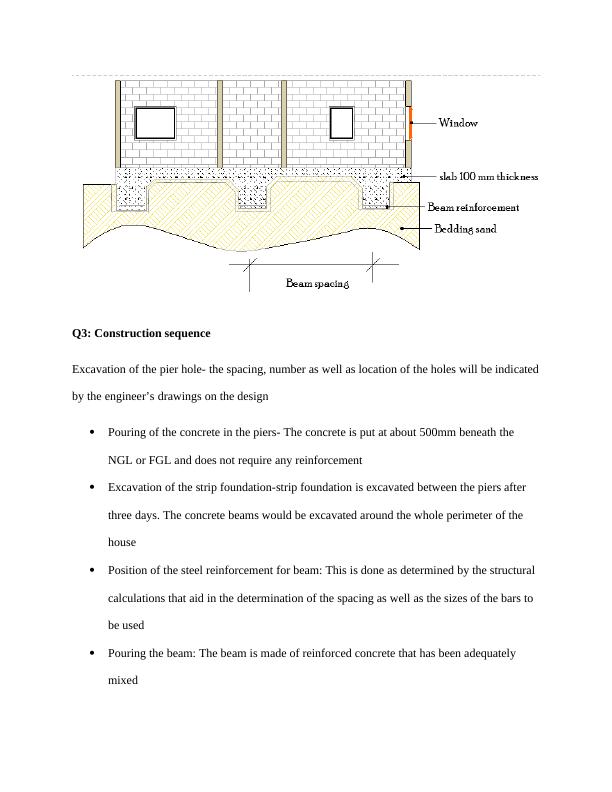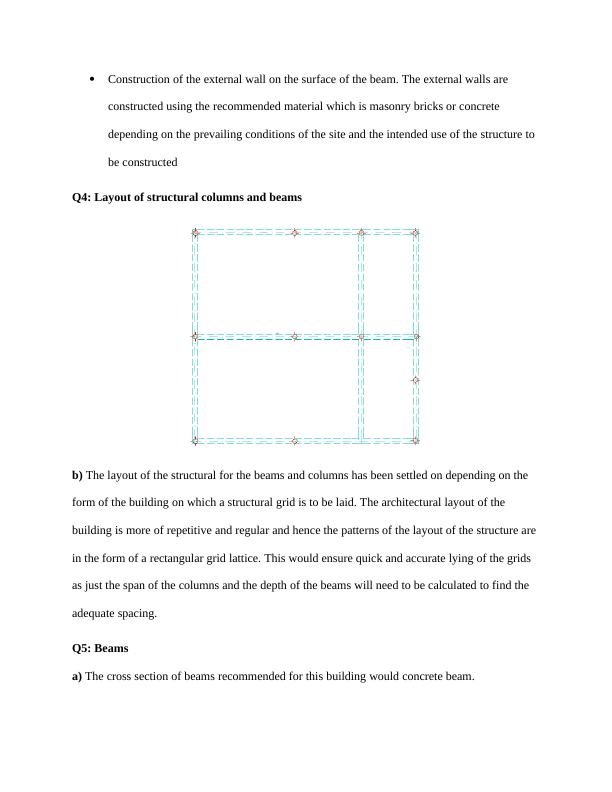Construction Management
Added on 2023-01-12
11 Pages1575 Words71 Views
End of preview
Want to access all the pages? Upload your documents or become a member.
Structural Principles for Commercial Low Rise Construction
|10
|1295
|112
Construction and Installation Sequence for Building a Double Brickwall and Ground Slab
|4
|626
|292
CPCCBC4010B Apply Structural Principles to Residential Low
|3
|653
|145
Construction Footing System Assignment
|16
|1495
|199
CPCCBC4011B: Assessment 4 - Footing, Retaining Wall, Structural, Floor, Wall, Roof, Services, Fire Prevention, Quality
|9
|843
|328
Building Systems and Structural Connections for a Middle Rise Building
|11
|1147
|450



